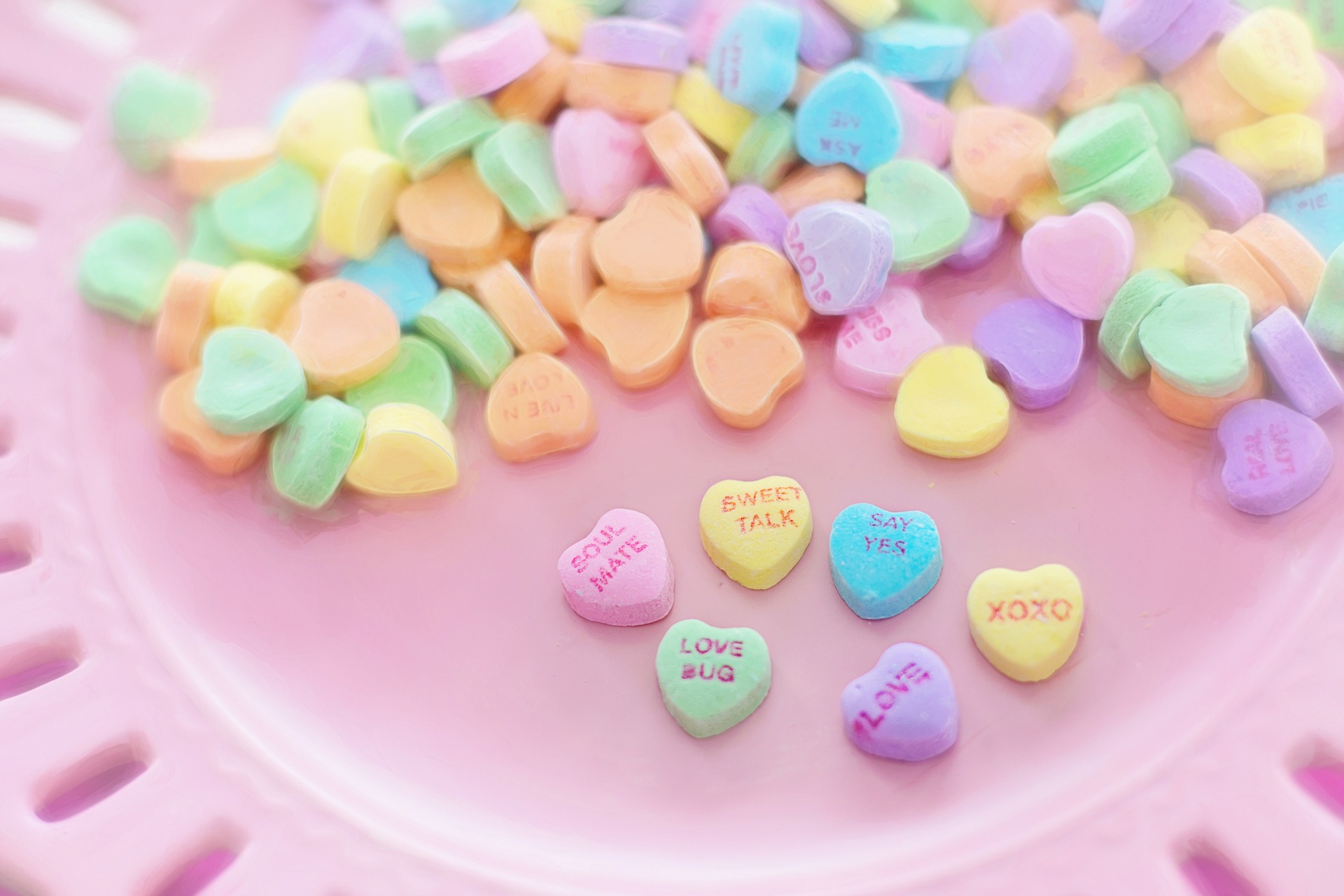
Does anyone care about Valentine’s Day? Named for one or more early Christian saints (Valentinus seems to be the most popular name variation), Valentine’s Day first became associated with love in the 14th century. Cupid, as he was known to the Romans, also known as Eros to the Greeks, has been around as the god of love since 700 B.C. And eighteenth century England is credited with shifting the momentum of the occasion to romantic love and the exchange of gifts, flowers, cards and other tokens (such as keys to unlock a heart) between lovers.
Love, it seems, is a mighty powerful human emotion, powerful enough that, according to the National Retail Federation, consumers are expected to spend $18.2 billion on Valentine’s Day merchandise in 2017. That’s up about $800 million from 2014 but a bit lower than the record $19.7 billion spent in 2016. Another way to look at Valentine’s Day is by what consumer packaged goods are purchased. Candy and greeting cards are the top two purchases, followed by an evening out, flowers and jewelry.
But the holiday’s meaning and how you celebrate is determined more by what stage of life you currently occupy than by anything else. The younger you are, the more involved with Valentine’s Day and its notions you are likely to be. Nearly two-thirds (66%) of American adults between the ages of 25 and 34 celebrate Valentine’s Day in some form. Anyone with kids will tell you that Valentine’s Day is a chance to purchase craft paper, red ink and plenty of heart-shaped stamps for every pre-school and elementary classroom that has an informal celebration to share cards and, sometimes, sweet treats with each other. Manufacturers have been wise to this trend for millennia. Necco’s Sweethearts candy, hearts stamped with phrases such as “Be Mine,” and “I♥U ” have remained popular since 1902 when they were first introduced.
The parents of those children likely buy some of those candies and cards but the older you are, the less likely you are to participate, with only 44.7% of adults 65 and older celebrating.
Though customs around the holiday have shifted since it became a celebration of love over the last couple of millennia, Valentine’s Day is far from done as a holiday. No matter how old you are, the day gives each of us an opportunity to express a positive human emotion – love and caring – and a chance for the kids to share a smile and a hug. As for those grumpy, more mature adults, well, there’s always National Friendship Day in August.





